-
Membership
Membership
Anyone with an interest in the history of the built environment is welcome to join the Society of Architectural Historians -
Conferences
Conferences
SAH Annual International Conferences bring members together for scholarly exchange and networking -
Publications
Publications
Through print and digital publications, SAH documents the history of the built environment and disseminates scholarshipLatest Issue:

-
Programs
Programs
SAH promotes meaningful engagement with the history of the built environment through its programsMember Programs
-
Jobs & Opportunities
Jobs & Opportunities
SAH provides resources, fellowships, and grants to help further your career and professional life -
Support
Support
We invite you to support the educational mission of SAH by making a gift, becoming a member, or volunteering -
About
About
SAH promotes the study, interpretation, and conservation of the built environment worldwide for the benefit of all
SAHARA Highlights: Water
Aug 5, 2019
by
Jacqueline Spafford and Jeffrey Klee, SAHARA Co-Editors
Water storage and water infrastructure are essential to making many parts of the earth habitable. From Petra to Bermuda to Los Angeles, people have devised complex systems to provide fresh water for agriculture and human consumption. Sometimes this work is undertaken privately but often it must be done at a large scale, requiring massive public expenditures. On occasion, this work is celebrated with elaborate architectural adornments, such as the Fairmount Water Works. This month’s selections illustrate the public and private provision for water from the ancient world to the present.
To see more, visit SAHARA: sahara.artstor.org/library/portals/SAHARA/rloginSAH.html
To learn more about contributing to SAHARA, visit: sah.org/sahara
View all SAHARA Highlights: sah.org/sahara/sahara-highlights
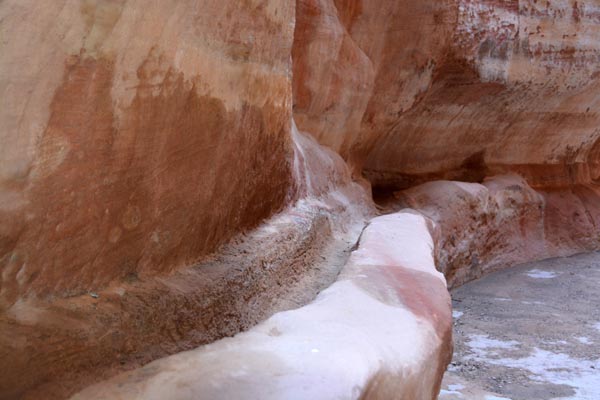
Rock-cut water channel, Petra, Maʻān, Jordan, c. 1st century B.C.E. to 3rd century C.E. Photograph by Dell Upton, December, 2016.
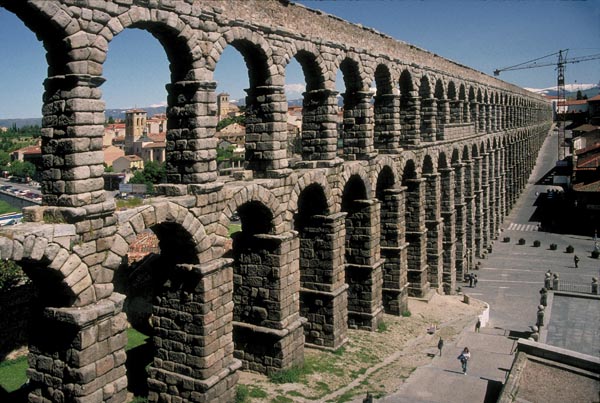
Aqueduct, Segovia, Spain, late 1st century, C.E., early 2nd century, C.E. Photograph by Allan T. Kohl, May, 1996.
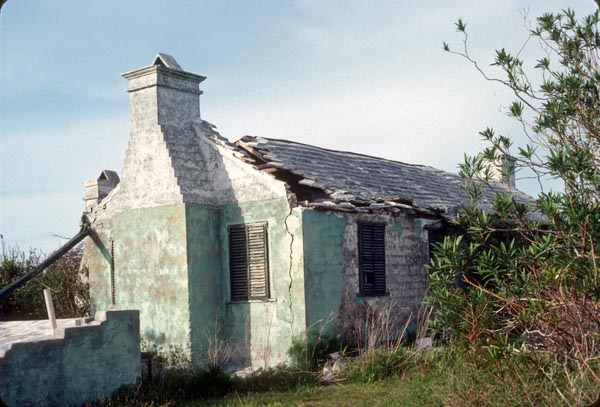
Brangman House, Saint David’s Island, Saint George’s, Bermuda, early 19th century. View of roof, gutter and water tank for rainwater storage. Photograph by Dell Upton, April, 1980.
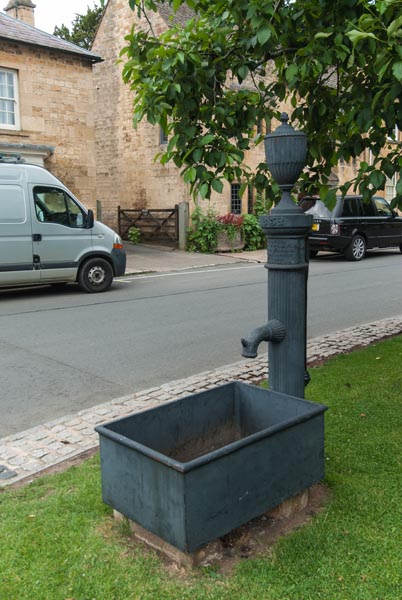
Well Pump, High Street, Chipping Campden, Gloucestershire, England, 1832. Photograph by Jeffrey E. Klee, 2013.

Charles A. Gombert, North Point Water Tower, Milwaukee, Wisconsin, 1874. Photograph by Andrew C. Hope, May, 2011.
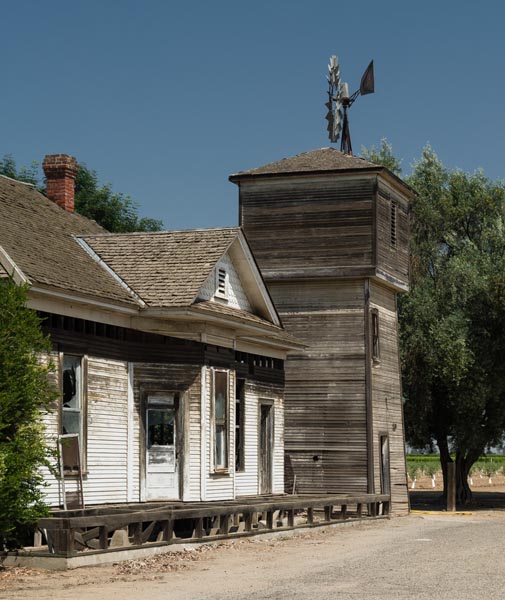
Koligan water tank, Fresno, California, United States, 1912. Photograph by Jeffrey E. Klee, May, 2008.
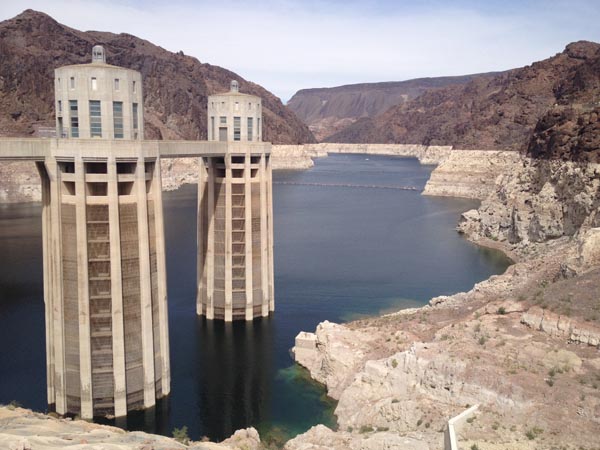
Hoover Dam, Black Canyon, Arizona, United States, 1931-1936. Photograph by Thalia Allington-Wood, April, 2016.

Louis I. Kahn, water tower, Indian Institute of Management, Ahmadabad, Gujarat, India, 1962-1974. Photograph by Peter Serenyi.
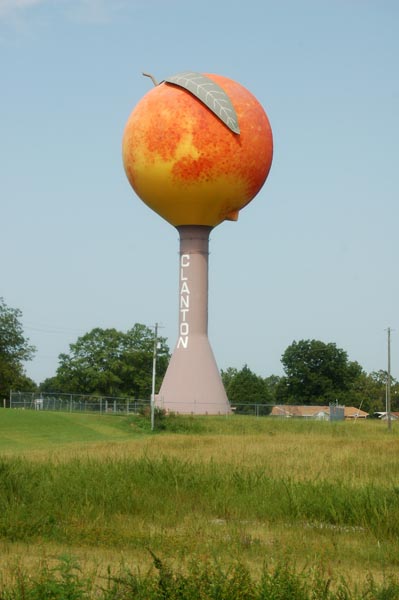
Chicago Bridge and Iron Company, water tower, Canton, Alabama, United States, 1992. Photograph by Dell Upton, August, 2006.

